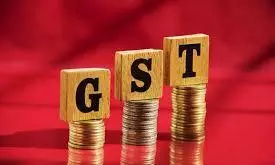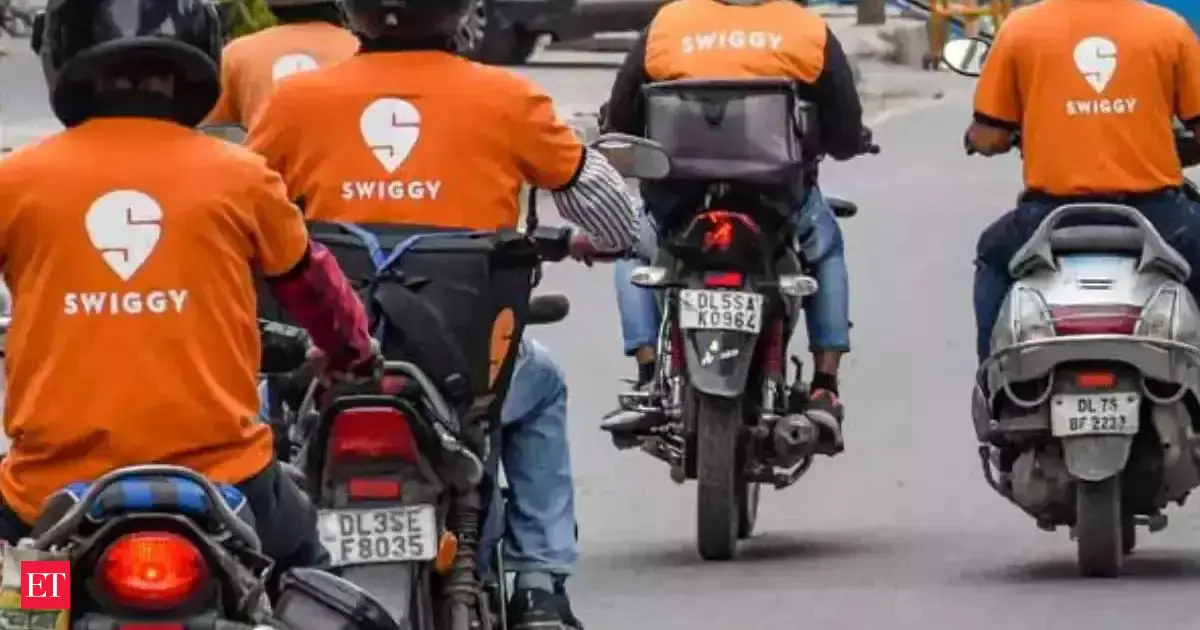By Deccan Chronicle
Copyright deccanchronicle

Chief Economic Adviser (CEA) V Anantha Nageswaran on Wednesday said that the upcoming Goods and Services Tax (GST) reforms will help cushion India’s economy against the adverse effects of steep US tariffs, which currently stand at 50 per cent on Indian shipments. He estimated the net drag on GDP growth at only 0.2–0.3 per cent in the current financial year. Nageswaran noted that the reforms, effective September 22 — the first day of Navaratri — will reduce prices of nearly 400 products, from soaps and shampoos to cars, tractors, and air conditioners. “On the positive side, the GST reforms will play a very good offsetting role by substituting domestic demand for whatever export demand that may not materialise from the United States,” he said. He also pointed out that Indian goods exports to the US in the first five months of this fiscal have already reached nearly half of last year’s total. “This suggests the near-term impact may be limited, depending on assumptions one makes. The bigger concern lies in the second and third-round effects of tariff uncertainty, especially if it persists,” he added. According to Nageswaran, GST reforms will not only stimulate domestic consumption but also counteract the knock-on effects of tariffs. “If you take the GST into account, the impact of tariffs and the compensating effects of GST rate cuts and process reforms could leave us with a net drag of just 0.2–0.3 per cent on GDP growth estimates of 6.3–6.8 per cent for the current year,” he said. The CEA also underlined the broader structural reforms undertaken over the past 11 years, including the Insolvency and Bankruptcy Code, GST rollout, the Real Estate Regulation Act, and banking sector consolidation. He said advancements in physical and digital infrastructure and steps to formalise small and medium enterprises have also reshaped India’s economic trajectory. On agriculture, Nageswaran stressed the need to give farmers greater freedom to sell “to whosoever, whatsoever, wherever, and whenever,” arguing that such flexibility would add 0.5–0.7 per cent to GDP growth. “Farmers need freedom and some element of insurance much more than subsidies, given the uncertainties of their business,” he said. He also referred to last year’s BRICS Summit discussions on cross-border payments in local currencies and the proposal for a BRICS currency. “We recognise the widespread benefits of faster, low-cost, efficient, transparent, safe, and inclusive cross-border payment instruments built on the principle of minimising trade barriers and ensuring non-discriminatory access,” Nageswaran said.



